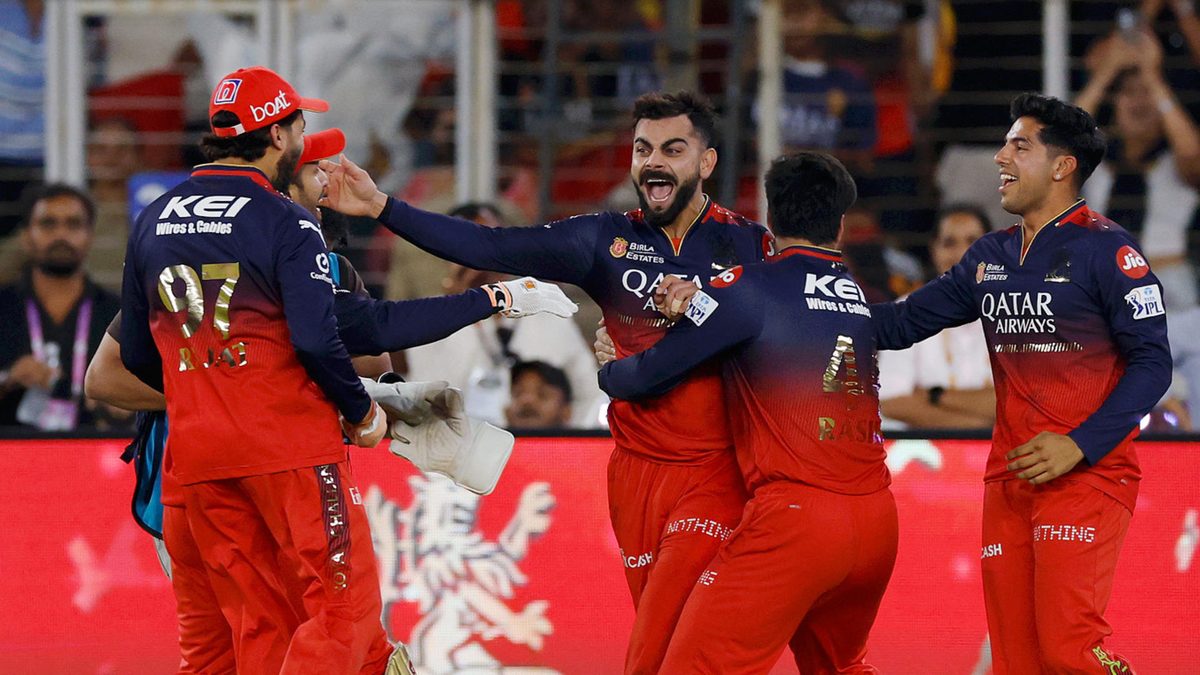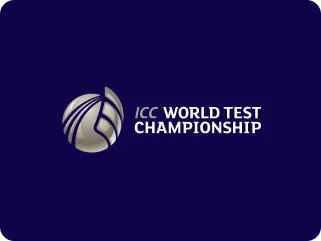
The IPL 2026 trading window is currently open, allowing teams to reshuffle their squads ahead of the auction. Here’s what the league’s rules state about player transfers during this period.
Recent reports suggest that Rajasthan Royals captain Sanju Samson and Chennai Super Kings’ R Ashwin are considering moving away from their respective franchises. The ongoing trading window could facilitate these potential transfers.
The IPL has witnessed several high-profile transfers in its history. The most significant recent example was Hardik Pandya’s return to Mumbai Indians from Gujarat Titans ahead of the 2024 season, which involved an undisclosed transfer fee in addition to Pandya’s INR 15 crore salary. MI also traded Cameron Green to the Royal Challengers Bengaluru for INR 17.5 crore to make up for the deficit.
How do IPL player trades work?
A player trade in the IPL occurs when a player moves from one franchise to another without going through the auction process. These transfers typically happen in two ways: a player-for-player swap or a one-way cash deal.
As per tournament rules, the trading window opens one month after the season concludes and remains active until one week before the auction. It then reopens up until a month before the start of the next season. For instance, the IPL 2025 final, which ended on June 3, triggered the current trading window later in July, and it is now ongoing.
Ricky Ponting says England openers Zak Crawley and Ben Duckett will be crucial for this year's Ashes.#Ashes2025 #Cricket pic.twitter.com/mOD4o8eDxf
— Wisden (@WisdenCricket) August 10, 2025
In a one-way trade, the buying franchise typically pays an amount equivalent to the player's last auction price. For player swaps, franchises compensate for the price difference between the two players.
In Pandya’s case, the Mumbai Indians paid the Gujarat Titans his 2022 auction price along with an additional transfer fee. A recent example of a two-way trade came ahead of IPL 2024, when Lucknow Super Giants acquired Rajasthan Royals' Avesh Khan in exchange for Devdutt Padikkal, along with an INR 2.25 crore differential fee.
Who holds the final say in a player trade?
Gujarat Titans’ director of cricket, Vikram Solanki, confirmed Hardik Pandya’s desire to return to the Mumbai Indians ahead of the 2024 season. Now, circulating reports about Samson suggest the wicketkeeper-batter has also expressed a wish to be released. Both instances highlight that player consent is crucial in such transfers, though franchises technically hold the final say on whether to release a player or not.
In 2010, Ravindra Jadeja faced a one-year ban after attempting to sign with Mumbai Indians without renewing his contract with Rajasthan Royals, his then-existing team. The IPL governing council ruled this a breach of player trading rules.
Does the transfer fee affect the team’s purse for the auction?
The auction purse will only be deducted by an amount equivalent to the traded player’s salary. The transfer fee is mutually agreed upon between teams, with players entitled to a share if their existing contract permits. Mumbai Indians reportedly paid an INR 100 crore transfer fee to reacquire Pandya, though the amount remains officially undisclosed.
This system could potentially give teams with wealthier owners an undue advantage in securing players before the season begins.
Follow Wisden for all cricket updates, including live scores, match stats, quizzes and more. Stay up to date with the latest cricket news, player updates, team standings, match highlights, video analysis and live match odds.







